Harriet Brewis
Aug 01, 2023
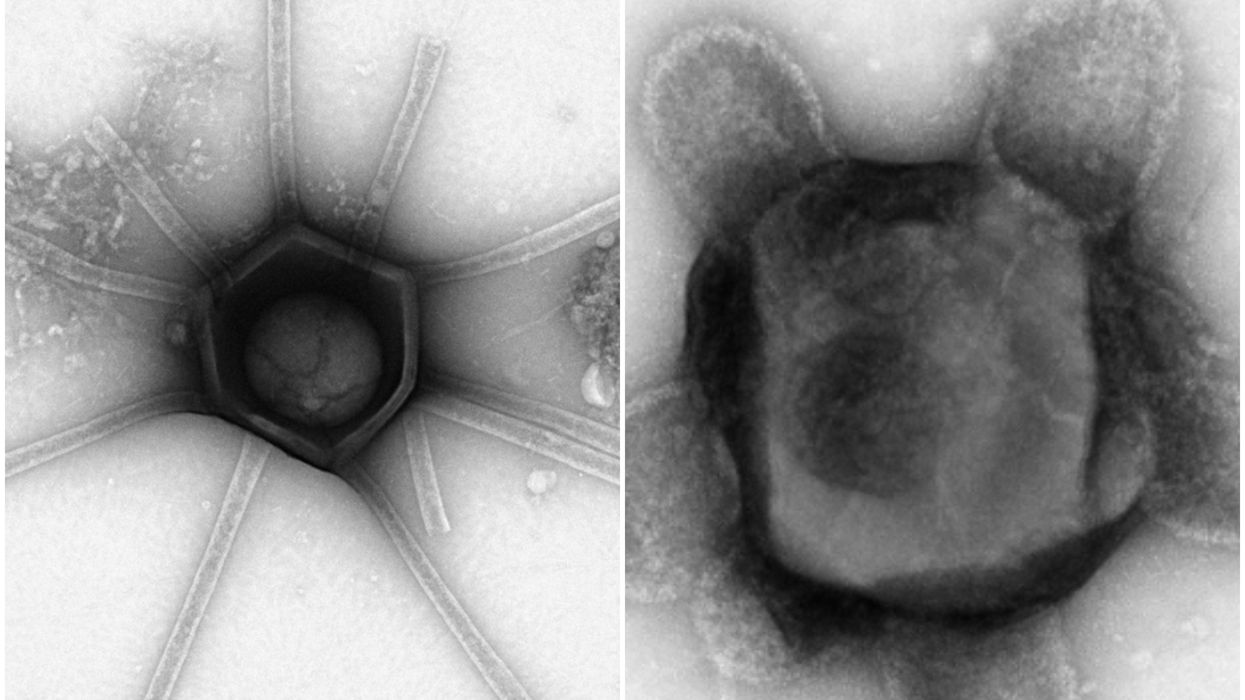
Matthias G. Fischer, Ulrike Mersdorf, Jeffrey L. Blanchard/bioRxiv
If there’s one thing the Covid pandemic taught us, it’s that viruses shouldn’t be underestimated.
People are, therefore, taking note after scientists discovered a whole new range of giant virus-like particles (VLP) that have taken on “previously unimaginable shapes and forms.”
The microscopic agents, resembling everything from stars to monsters, were found in just a few handfuls of forest soil.
The sample was collected from Harvard Forest, near Boston in the US back in 2019, and flown over to Germany’s Max Planck Institute.
Sign up for our free Indy100 weekly newsletter
There, its contents were carefully examined and, at the end of last month, the findings were finally released.
The team of researchers behind the investigation said that their discoveries “question our current understanding of the virosphere” and “imply that giant viruses employ a much wider array of [...] structures and mechanisms to interact with their host cells than is currently known.”
In other words, the results prove how little we actually know about the universe of viruses that exist here on Earth.
They also noted that the origins and functions of the different viral structures they found remain unknown – so there’s still plenty of mystery left to solve.
The team at the Max Planck Institute, led by Dr Matthias Fischer, were amazed to find “an astounding diversity of virus-like particles (VLP)," in such a small sample.
"Amazingly, we found that a few hundred grams of forest soil contained a greater diversity [of the structures] than that of all hitherto isolated giant viruses combined," they wrote.
These included one type that resembled a supernova:
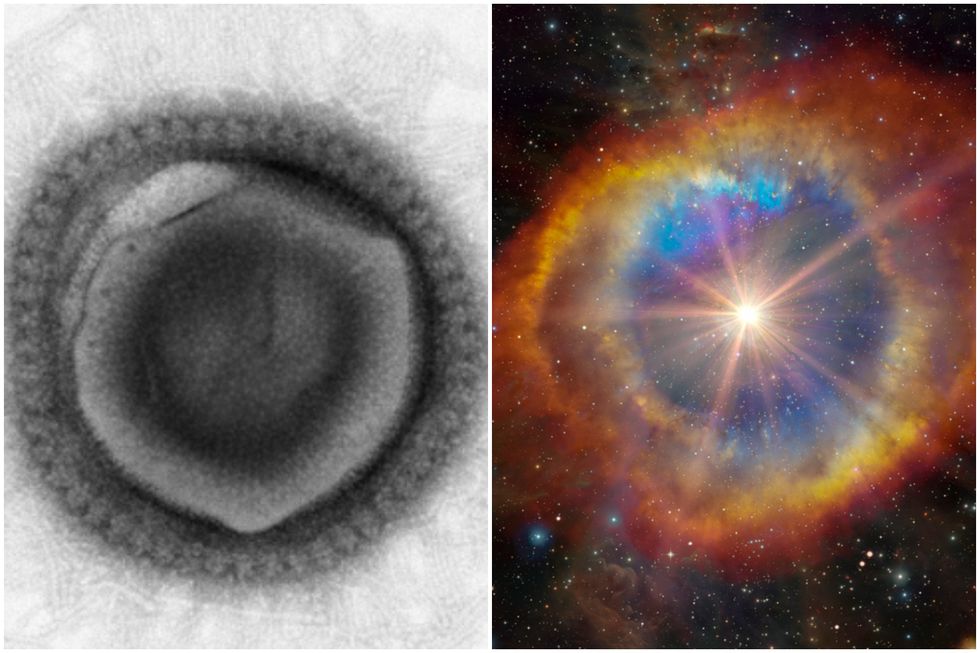
Another that the teamed named the “haircut”:
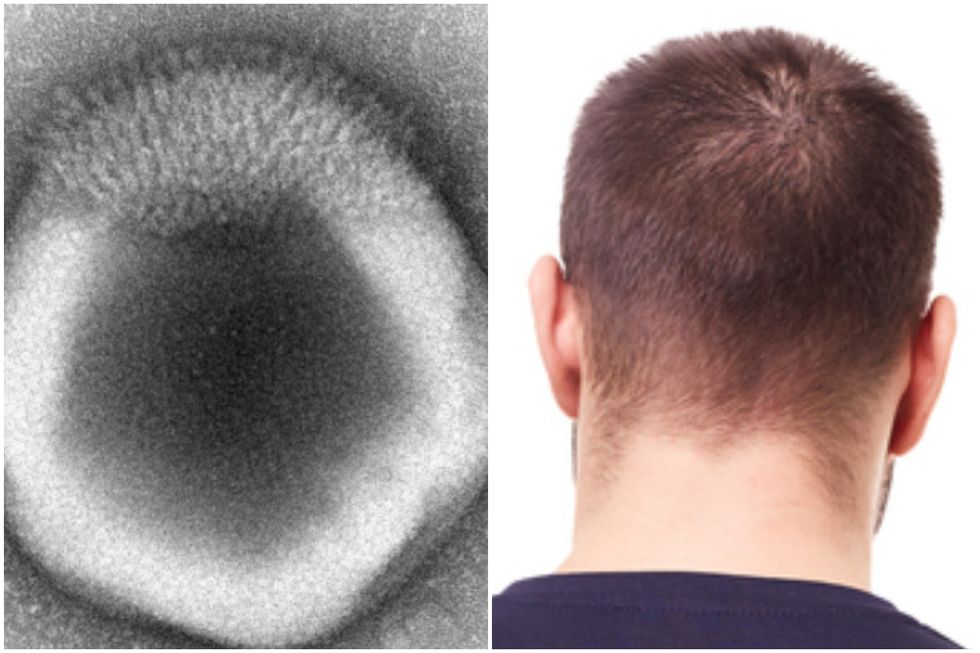
Another called the “turtle” morphotype:
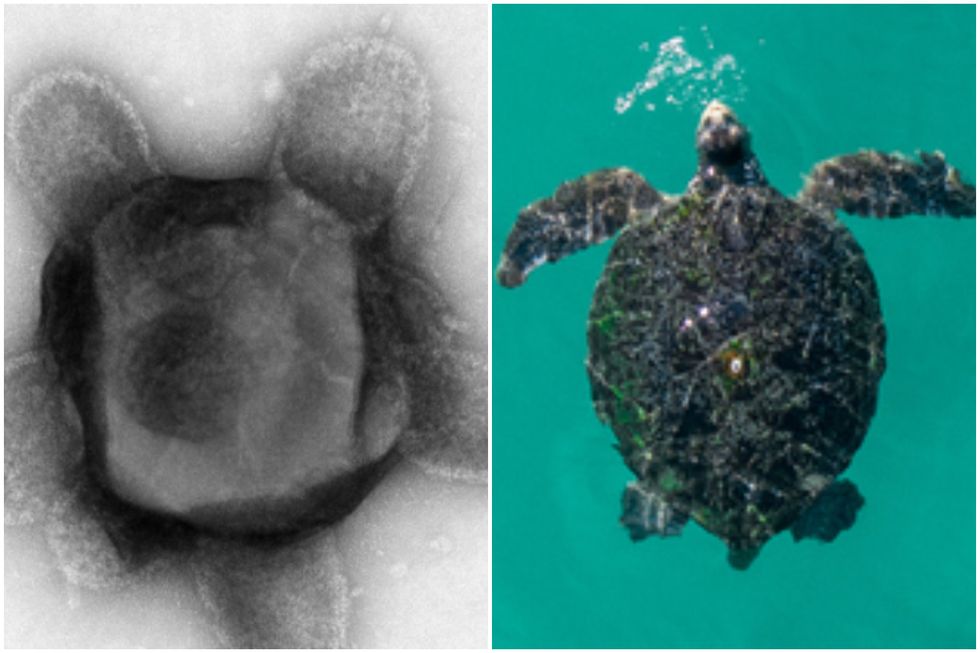
Another christened the “Christmas star”:
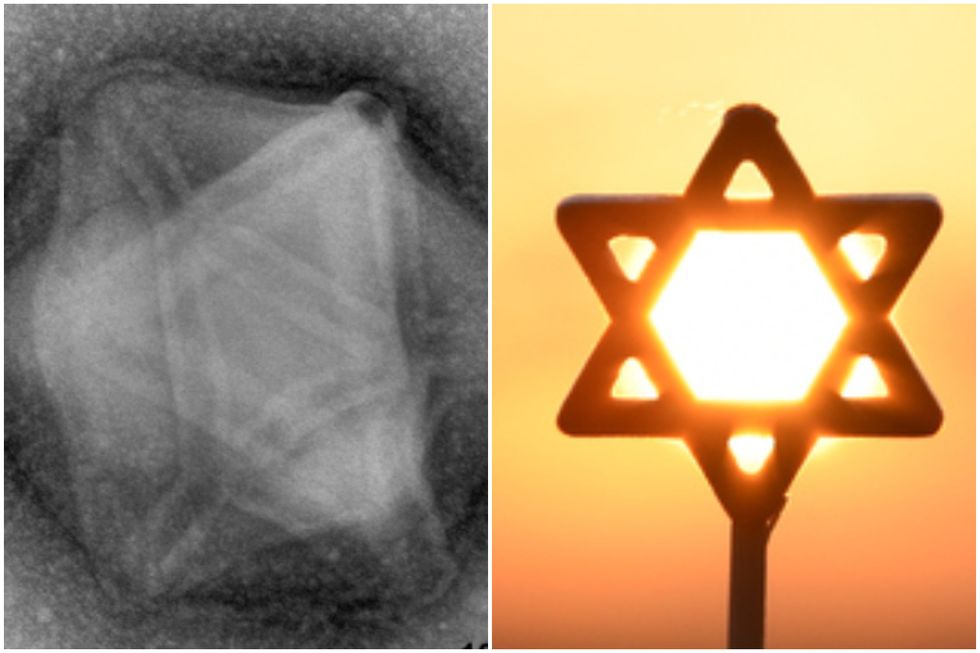
And another called the “Gorgon” – named after the sisters with snakes for hair from Greek mythology:
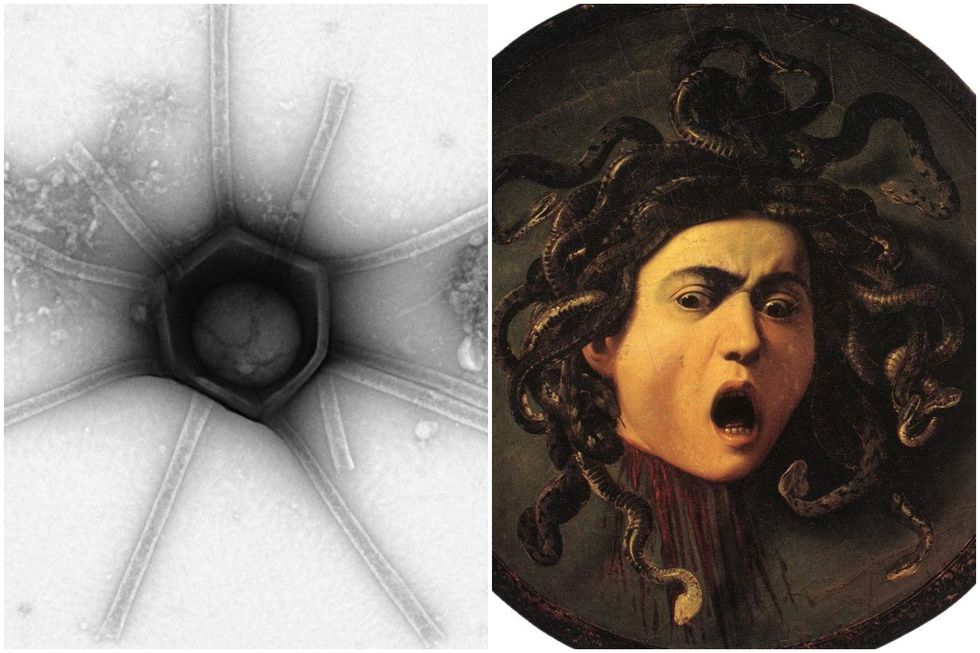
To clarify, VLP are molecules that closely resemble viruses, but they differ from them in one crucial way: they are non-infectious.
This is because they contain no viral genetic material.
Still, as virus-host systems, they are key to better understanding their potentially noxious counterparts.
“[Our] findings imply that giant viruses employ a much wider array of [...] structures and mechanisms to interact with their host cells than is currently known,” the authors wrote.
They ended their paper: “This fascinating window into the complex world of soil viruses leaves little doubt that the high genetic diversity of giant viruses is matched by diverse and previously unimaginable particle structures, whose origins and functions remain to be studied.”
Clearly, there’s still plenty of work to be done.
Have your say in our news democracy. Click the upvote icon at the top of the page to help raise this article through the indy100 rankings.
Top 100
The Conversation (0)












